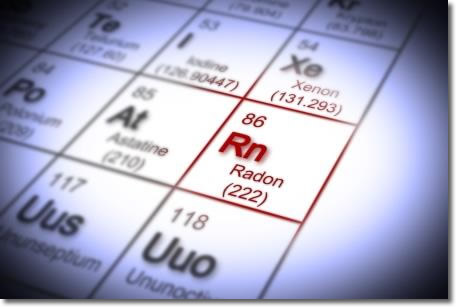Radon in Workplaces

What is Radon?
Radon is a naturally occurring radioactive gas and is classified as a Group 1 carcinogen. It is the 2nd biggest cause of lung cancer in Ireland causing up to 300 cases per year (up to 14% of all lung cancer cases). It is colourless, odourless and tasteless and can only be measured using specialised equipment. Being a gas it can move through the soil and enter buildings through small cracks, holes or imperfections that may exist in the floor area or gaps around pipes or cables and build up to harmful concentrations. Once in a building radon quickly decays to produce radioactive particles some of which remain suspended in the air. When inhaled these particles can be deposited in the airways and attach themselves to lung tissue. This gives rise to a radiation dose which may cause lung cancer.
Legislation in Relation to Radon
- Under the Safety, Health and Welfare at Work Act 2005, employers must identify hazards in their workplace which includes radon, assess the risk and eliminate or reduce and control the risk. In addition, Section 8(2)(d) of the Act requires that the employer ensures, so far as it is reasonably practicable, the safety and the prevention of risk to health at work of his or her employees relating to the exposure to ionising or other radiations.
- Under legislation enforced by the Environmental Protection Agency (EPA), employers must measure the indoor radon concentration where the workplace is:
(a) underground, including mines and show caves;
(b) on the ground floor or basement level in high radon areas (check the EPA radon map to see if your workplace is in a high radon area); or
(c) identified by the EPA as likely to have radon above 300 Becquerels per cubic metre (Bq/m3).
The Health and Safety Authority is a member of the cross Government group that oversees the implementation of the National Radon Control Strategy.
Radon Measurements
The national reference level for above ground and below ground workplaces is 300 Bq/m3. For schools a lower level of 200 Bq/m3 has already been adopted. Measurements must be carried out in accordance with EPA guidelines. For results above 300 Bq/m3, the employer must take remedial measures to protect the health of workers and carry out retesting following the remedial measures. Remedial and retesting work must be completed within 12 months.
If, following remedial works, radon concentrations remain above 300 Bq/m3 the employer or self-employed person must:
(a) notify the Environmental Protection Agency;
(b) assess the radiation dose to workers and update this assessment in accordance with any guidelines issued by the EPA.
Further information
Visit www.radon.ie and the section for employers.
